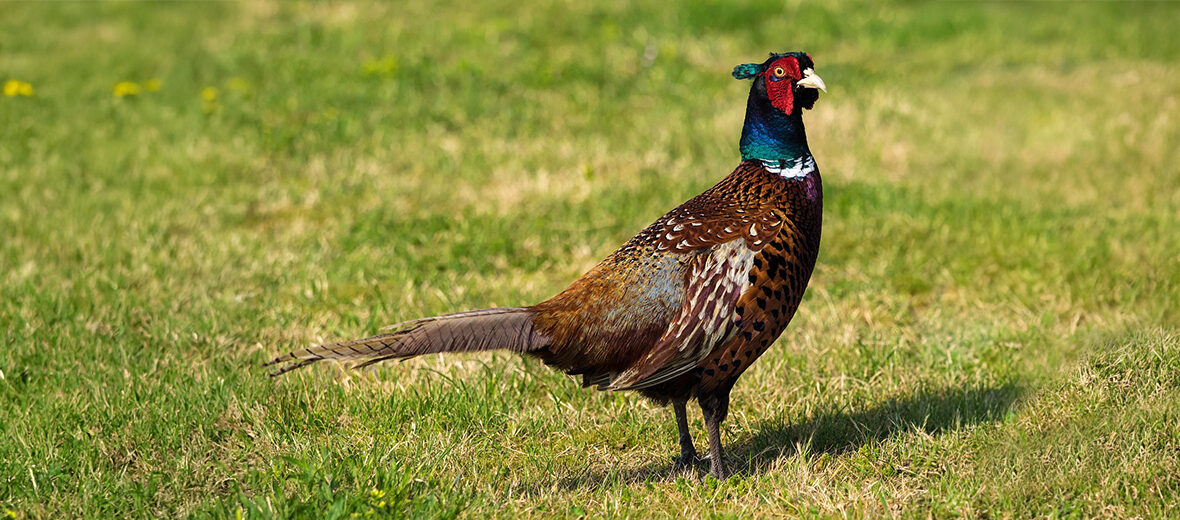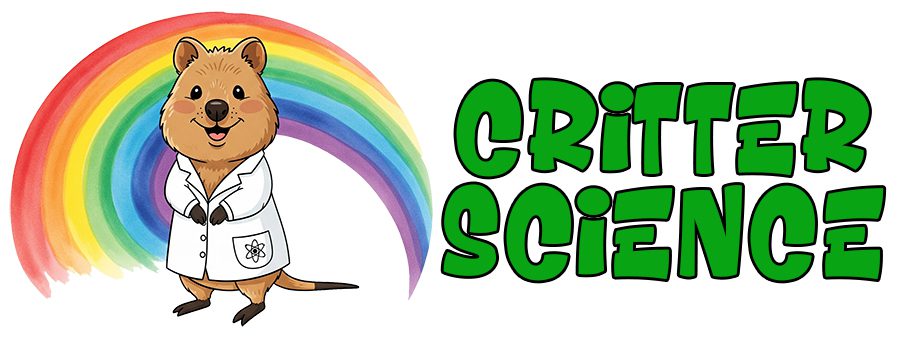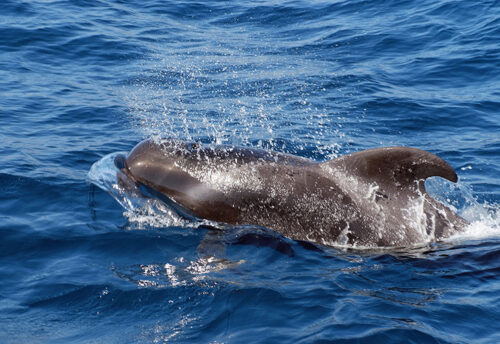
The common pheasant, aka ring-necked pheasant, or blue-headed pheasant, is native to Asia. However, they have been introduced to Europe, North America, South America, Africa, Australia, and New Zealand as game birds. The primary threat these birds face is that of hunting. But these pheasants are quite abundant with a population of approximately 220,000,000- but their numbers are decreasing, due to large-scale unchecked hunting. Due to their numbers the IUCN lists these birds as Least Concern.
First the Stats…
Scientific name: Phasianus colchicus
Weight: Up to 7 lbs.
Length: Up to 27.6 inches
Wingspan: Up to 33.9 inches
Lifespan: Up to 18 years
Now on to the Facts!
1.) Common pheasants are the world’s most hunted birds. The passenger pigeon was previously the most hunted bird and they were hunted to extinction. They went from the billions down to zero in just 50 years!
2.) They were originally described by Carl Linnaeus in his landmark 1758 10th edition of Systema Naturae under their current scientific name.
3.) These birds are also known as chinks or phezzens in North America.
4.) As of 2005, they had the smallest known genome of all living amniotes, only 0.97 pg (970 million base pairs), roughly 1/3 of the human genome’s size; however, the black-chinned hummingbird is the current holder of the smallest known amniote genome (910 million base pairs).
5.) There are approximately 30 subspecies of these pheasants.
But wait, there’s more on the common pheasant!
6.) Their preferred habitat is woodland, farmland, grassland near water with small copses of trees, scrublands, and wetlands.
7.) Generally speaking, common pheasants are gregarious birds.
Did you know…?
While typically being gregarious, they will disperse and flee at the first hint of danger, such as from a hunting party.
8.) They prefer to run, but can fly, if startled, at speeds of up to 55.92 mph.
9.) Nests are merely scrapes in the ground that are lined with grass and leaves, and situated under a hedge or shrub.
10.) Females can lay as many as 18 eggs, with 10 – 12 being more common. The eggs are laid over about a 3 week period.
But wait, there’s still more on the common pheasant!
11.) Eggs hatch in up to 27 days and the chicks are precocial (self sufficient) leaving the nest within hours of hatching.
12.) Berries, fruit, grain, leaves, mast, seeds, a range of invertebrates, like leatherjackets, ant eggs, wireworms, caterpillars, grasshoppers, and other insects, lizards, field voles, and small birds are all on the menu for these opportunistic omnivores (eat plant and animal matter).
Did you know…?
Chicks are capable of flight in up to just 14 days.
13.) Pheasants have been hunted in their natural range by Stone Age humans just like the grouse, junglefowls, partridges, and possibly peafowls that dwelled in Europe during that time.
14.) Common pheasants were introduced in North America in around 1773, and have become well established throughout much of the Rocky Mountain states ever since.
15.) There are a number of negative impacts of common pheasants and other game birds, including: aggression, competition for resources, disease, and nest parasitism.
But wait, there’s still a little more on the common pheasant!
16.) The effects of nest parasitism include abandonment of nests with a high proportion of foreign eggs, lower hatching rates, and smaller numbers of eggs laid by the host species.
17.) Pheasants often outcompete other native birds for resources. Studies have shown that this can lead to decreased populations of bobwhites and partridges due to habitat and food competition.
18.) Pheasants may also introduce diseases, such as blackhead, to native bird populations.
19.) A host of management tactics have been suggested for areas that are home to species that are particularly threatened by pheasants. These include: mowing grass to reduce their nesting cover, hunting, and trapping.
Now a Short Common Pheasant Video!
Be sure to share & comment below! Also, check out the Critter Science YouTube channel. Videos added regularly!
Want to suggest a critter for me to write about? Let me know here.
Some source material acquired from: Wikipedia & IUCN




